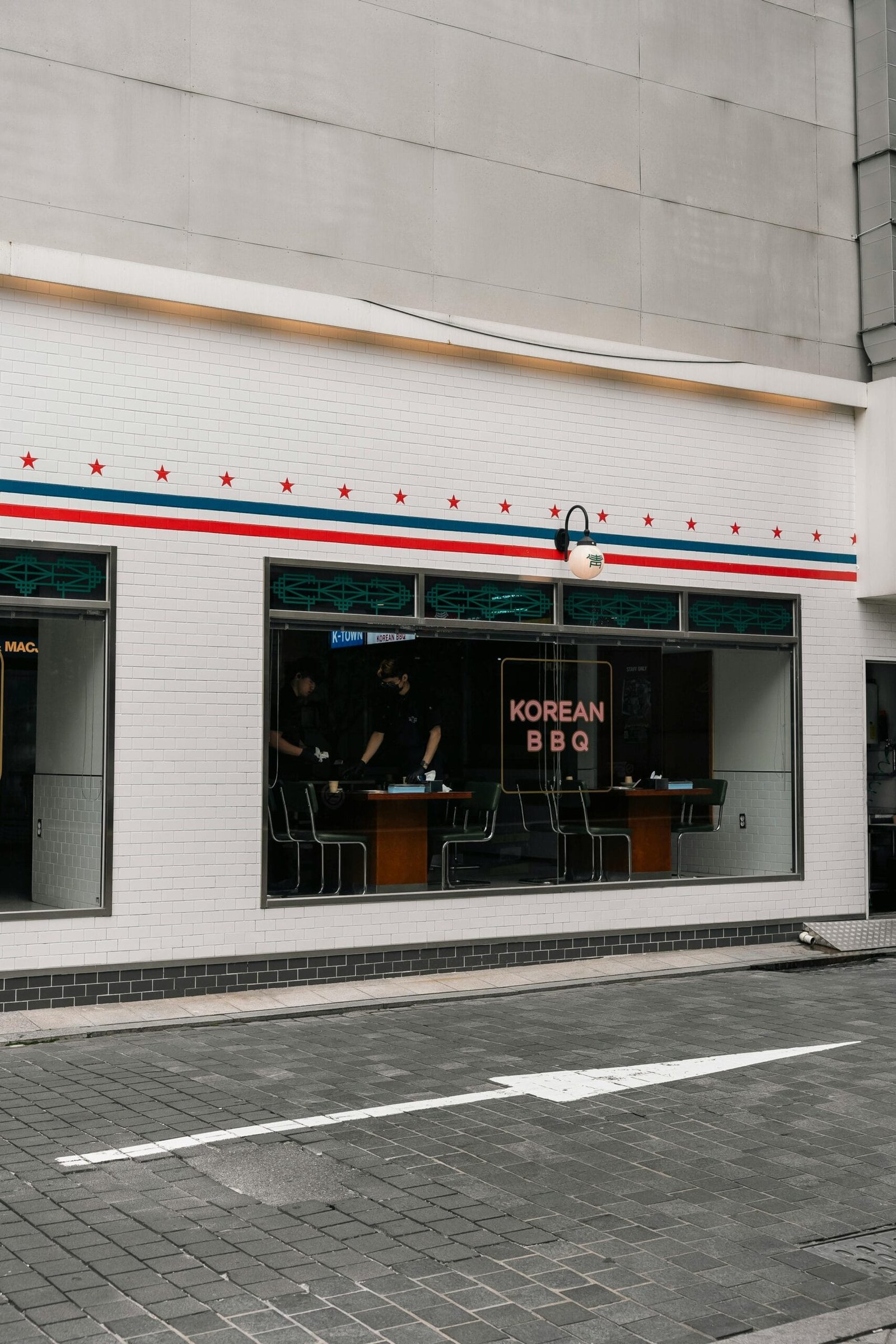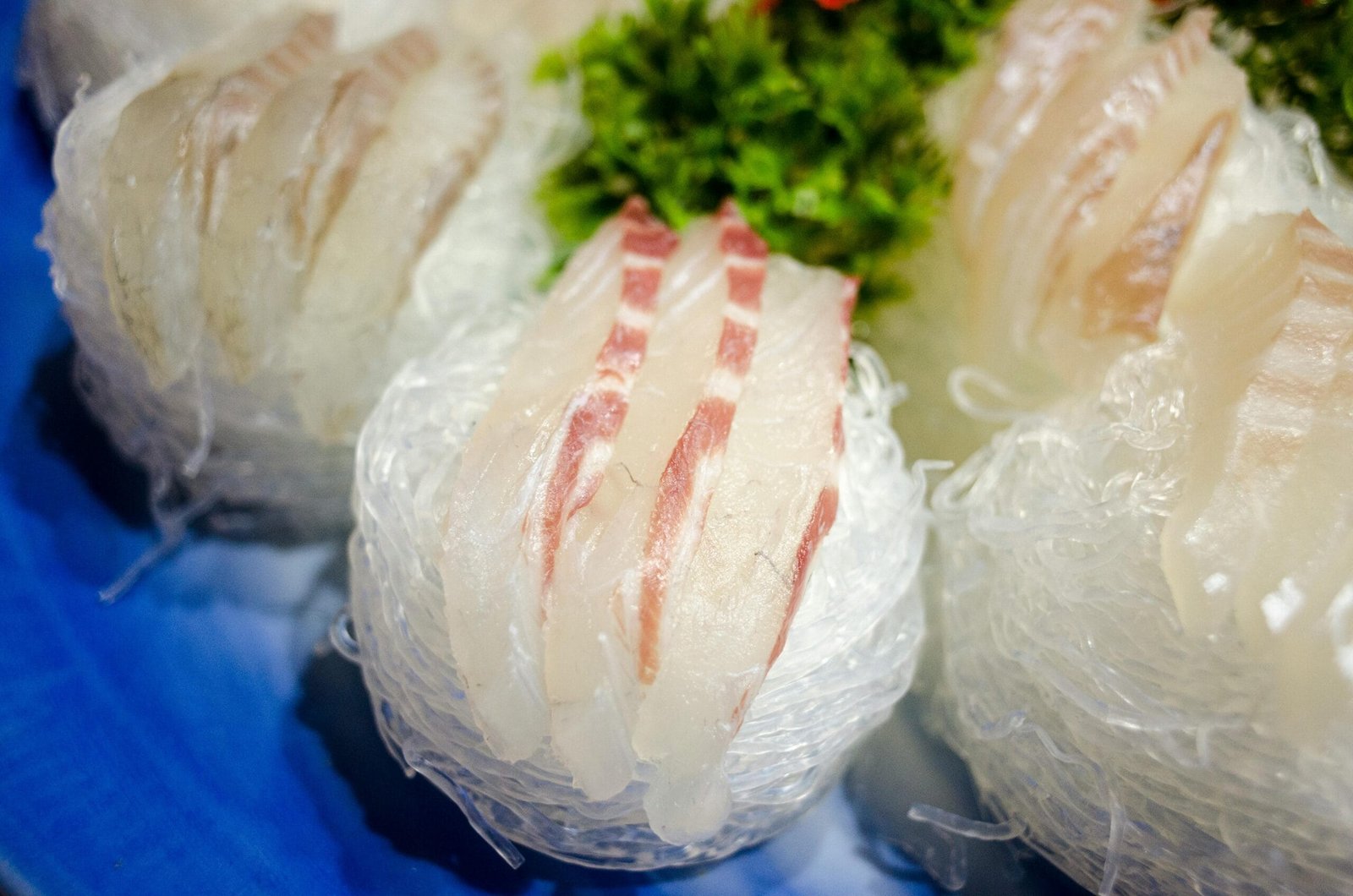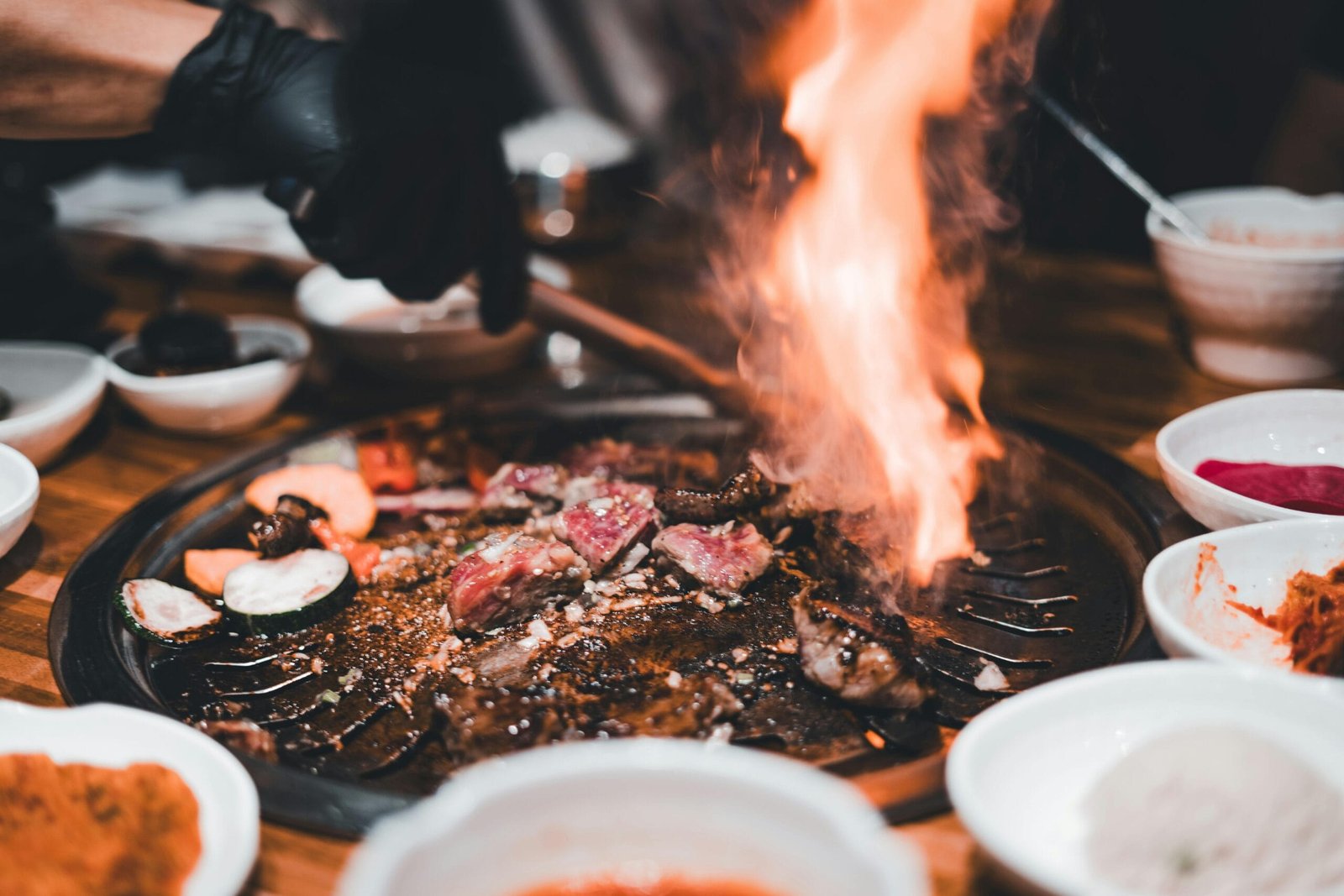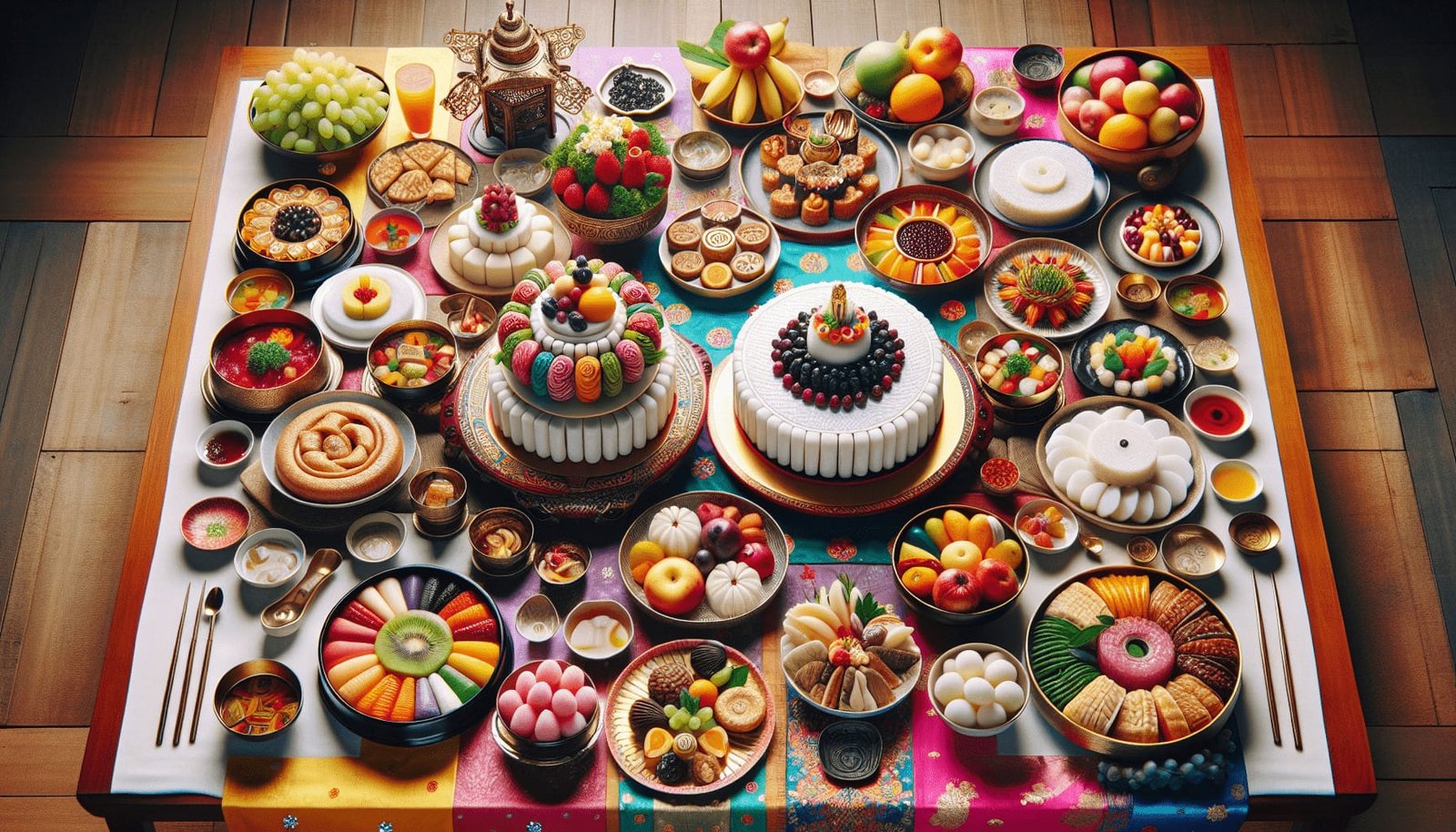Welcome to a fascinating exploration of Korean culinary traditions! “Can You Explain The Cultural Significance Of Traditional Korean Birthday Dishes?” will guide you through the rich tapestry of flavors and meanings behind beloved celebratory meals. You’ll discover how each dish, from the nourishing seaweed soup to the delicious rice cakes, holds a special place in marking life’s milestones in Korean culture. Embrace the journey and deepen your appreciation for these time-honored customs that bring families together and celebrate the passing of time. Can you explain the cultural significance of traditional Korean birthday dishes?
Introduction
If you’ve ever been invited to a Korean birthday celebration, you might have wondered about the array of delicious dishes served. These aren’t just any meals; they carry deep cultural meanings and traditions. Understanding the significance behind these traditional Korean birthday dishes adds another layer of appreciation for this rich and vibrant culture. So, let’s dive in and explore the fascinating world of Korean birthday culinary traditions together!
Tradition and Significance
A Deep-Seated History
Korean birthday dishes are steeped in history that spans centuries. Each dish has its roots tucked deep in the culture, customs, and values of Korean society. When you partake in these traditional foods, you’re not just eating; you’re participating in a piece of history that has been handed down through generations.
Symbolism and Meaning
Each dish served on a Korean birthday has its symbolism. These items are not chosen at random but are instead selected to convey specific wishes and blessings for the individual celebrating their special day. This attention to detail makes every meal a ceremonial rather than just a feast.

Key Dishes in Traditional Korean Birthday Celebrations
Miyeok-guk (Seaweed Soup)
Historical Background
Miyeok-guk, or seaweed soup, serves as the quintessential Korean birthday dish. Historically, this dish was given to women after childbirth as seaweed is rich in nutrients. Over time, it became customary for everyone to eat this dish on their birthday as a way to honor their mothers and express gratitude for giving them life.
Nutritional Significance
Miyeok, or seaweed, is a superfood packed with essential nutrients such as iodine, calcium, and vitamins A and C. This not only nurtures the body but also symbolizes the hope for health and longevity for the birthday celebrant.
Cultural Practice
It’s customary to start the morning with a bowl of Miyeok-guk. Skipping this meal is almost unheard of, as it’s considered bringing oneself bad luck for the coming year. This dish ties the entire celebration together and sets the tone for a day filled with gratitude and well-wishes.
Baekseolgi (Steamed Rice Cake)
Historical Background
Baekseolgi is a white, steamed rice cake. It’s considered purity and cleanliness, a staple at celebrations such as birthdays. Historically, rice cakes have been significant in Korean culture, often used in rituals and ceremonies to ward off evil spirits.
Nutritional Significance
Made from steamed rice flour, Baekseolgi is a healthy, gluten-free option that provides energy and sustenance. It’s often accompanied by other varieties of rice cakes, each adding their unique flavor and texture to the meal.
Cultural Practice
The white color particularly stands out, symbolizing new beginnings and a clean slate for the year ahead. Presenting Baekseolgi to guests is seen as bestowing purity and good fortune upon them.
Japchae (Stir-fried Glass Noodles)
Historical Background
Japchae is a popular dish made from stir-fried glass noodles and a medley of vegetables, sometimes including meat. This dish is often associated with festivities and has been enjoyed during significant celebrations since the 17th century.
Nutritional Significance
The long glass noodles symbolize longevity. Made from sweet potato noodles, japchae is gluten-free, making it another relatively healthy dish when consumed in moderation.
Cultural Practice
Japchae is typically served in large quantities, echoing the Korean cultural value of generosity and abundance. It’s not just about feeding guests but blessing them with prosperity and long life.
Further Understanding: Context and Practices
The Concept of Hugwon (Blessings)
In Korean culture, the act of preparing and eating traditional dishes is an expression of blessings and good wishes. This concept, known as “Hugwon,” is ingrained in the mindset during celebrations. The birthday dishes you get aren’t merely prepared for their taste but for their positive energy, thoughtfulness, and future blessings.
Family and Communal Significance
Birthdays in Korea aren’t just about the individual; they’re deeply communal. Families gather to celebrate not just another year of life but to honor their ancestors and their collective heritage. This sense of unity and respect for tradition plays a key role in the importance of these traditional dishes.
Regional Variations
Although the staples like Miyeok-guk, Baekseolgi, and Japchae are generally present, the specific dishes can vary based on regional traditions and the family’s background. Some families might include dishes like Tteokguk (rice cake soup) or Kimchi Jeon (Kimchi Pancakes), adding their unique flair to the celebration.

Breaking Down Other Significance Dishes
Tteokguk (Rice Cake Soup)
Historical Background
Traditionally consumed during the Lunar New Year, Tteokguk is sometimes also enjoyed on birthdays, symbolizing the passage of time and the promise of a new beginning.
Cultural Practice
This dish signifies growing a year older, and it’s believed that consuming Tteokguk adds another year to one’s age. Given its significance in marking time, it’s a fitting dish for milestone birthdays.
Kimchi
Historical Background
No Korean celebration would be complete without kimchi. This fermented vegetable dish has been a staple for centuries and carries much historical and nutritional significance.
Cultural Practice
Kimchi symbolizes the importance of hard work and patience, given the time it takes to ferment properly. It’s a testament to the preservation skills of Korean ancestors and a staple that graces the table on birthdays, reminding everyone of the richness of Korean heritage.
Various Tteok (Rice Cakes)
Historical Background
Rice cakes in different forms and colors aren’t just limited to Baekseolgi. They vary widely and include items like Songpyeon (half-moon rice cakes) and Injeolmi (sticky rice cakes). Each has its symbolism and historical significance.
Cultural Practice
Offering a variety of rice cakes shows the event’s abundance and richness, reflecting well upon the host’s household. These are often beautifully arranged and eagerly consumed by guests, bringing vibrancy and flavor to the celebration.
Frequently Asked Questions
Are There Specific Etiquette Practices During a Korean Birthday Celebration?
Yes, Korean birthday celebrations follow traditional etiquette that adds depth to the event. It’s customary for the birthday person to bow to their elders, showing respect and gratitude. Additionally, when eating, the youngest usually wait for the elders to start their meal. This practice ensures that respect permeates every aspect of the celebration.
Can Non-Koreans Participate in These Traditions?
Absolutely! Korean culture is very welcoming, and many families are delighted when their non-Korean friends show interest in their traditions. Participating and understanding these practices enrich the multicultural experience and foster deeper connections among friends and family.
How Are These Dishes Prepared?
Most traditional Korean birthday dishes involve detailed and often labor-intensive preparation. Recipes are usually passed down through generations, with grandmothers and mothers teaching their children the nuances of each dish. Today, there are also plenty of resources, including cookbooks and online tutorials, that help demystify these culinary practices for newcomers.
Are There Modern Alternatives to Traditional Dishes?
While some families stick strictly to traditional recipes, others might incorporate modern dishes into the celebration, especially if it caters to younger generations or special dietary needs. For instance, vegan or gluten-free alternatives to some traditional dishes are becoming more common.

Conclusion
Attending a Korean birthday celebration is an eye-opening experience that offers a window into the country’s deep-rooted traditions and cultural significance. Every dish, from the hearty Miyeok-guk to the delightful Baekseolgi and the vibrant Japchae, holds a wealth of history and meaning. Understanding these foods’ rich cultural tapestry enhances your appreciation and participation in these time-honored traditions.
So, next time you find yourself at a Korean birthday party, you’ll know more than just the names of the dishes; you’ll understand the rich cultural significance they carry. Isn’t that a wonderful way to connect with another culture? Enjoy, and perhaps you’ll even find yourself adopting some of these beautiful traditions into your own celebrations. Cheers to discovering and savoring the flavors of Korean heritage!
